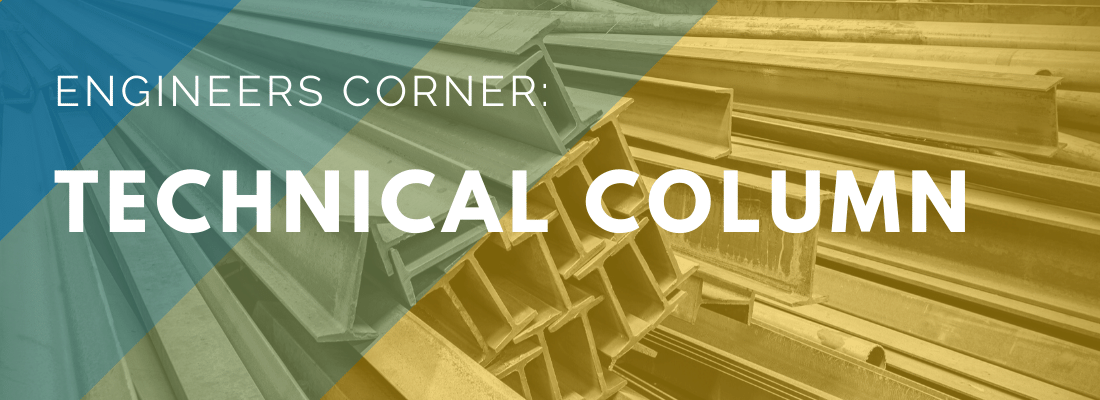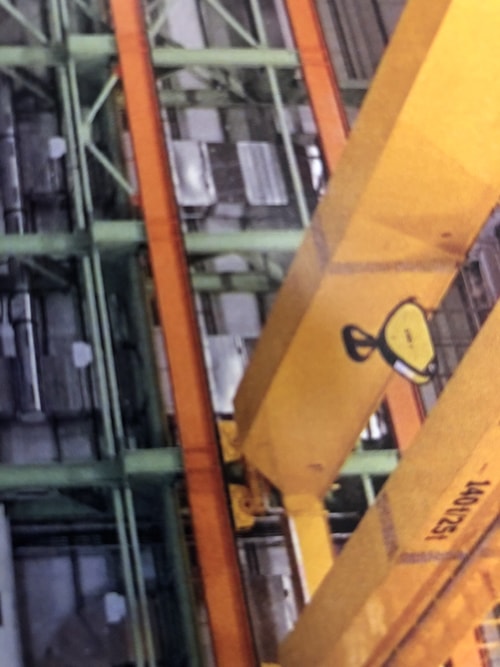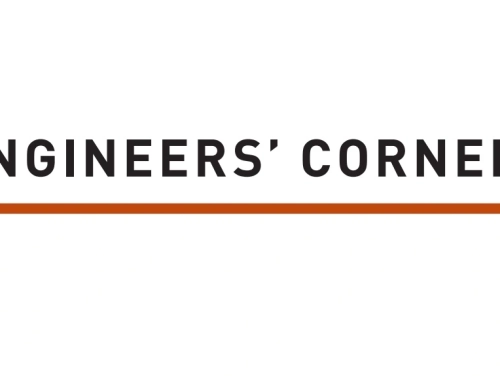
CISC provides this column as a part of its commitment to the education of those interested in the use of steel in construction. Neither CISC nor the author assumes responsibility for errors or oversights resulting from the use of the information contained herein. Suggested solutions may not necessarily apply to a particular structure or application, and are not intended to replace the expertise of a professional engineer, architect or other licensed professional.
Question 1: The current Canadian Highway Bridge Design Code, CSA S6-14, requires that Charpy V-notch tests for primary tension members be specified on a per plate frequency. What is the rationale for this more stringent requirement as compared to earlier editions of the Code?
Answer: The “per plate” Charpy V-notch test frequency requirement for “primary tension members” in the initial printing of S6-14 was the result of an error. It was corrected in Update #1 to S6-14, which was officially issued by CSA on July 17, 2017, to reinstate the “per heat” test frequency requirement as specified in S6-06.
Question 2: Is there a standard on coatings for high-strength bolts and nuts?
Answer: ASTM F1163 “Standard Specification for Zinc/Aluminum Corrosion Protective Coatings for Fasteners” is referenced in the Research Council on Structural Connections’ Specification for Structural Joints Using High-Strength Bolts, 2014 Edition. It generally covers basic requirements and associated test methods for water-based corrosion protective zinc/aluminum dispersion inorganic basecoats, and optional sealers and topcoats for fasteners. ASTM F3125 also sets restrictions on galvanizing as applicable. The Table entitled “High-Strength Bolts, Nuts and Assemblies”, included in Part 6 of CISC Handbook of Steel Construction – 11th Edition, provides information on bolts, nuts and washers that may be galvanized and those that are suitable for the application of zinc/aluminum corrosion protective coatings in accordance with ASTM F1136. This Table is also consistent with the above-mentioned Research Council on Structural Connections Specification. Other applicable coatings standards will be referenced in due time.
Question 3: When bolted end-plate connections are used in a Conventional Construction moment resisting frame for a low seismicity application, should the bolted joints be: a) slip-critical, b) bearing-type with pretensioned bolts or c) bearing-type with snug-tight bolts?
Answer: CSA S16-14 and S16-09 do not require slip-critical joints for such application, provided the bolt holes are standard size holes. The bolts, however, should be pretensioned because they are subjected to tension.
Question 4: CSA S16-14 requires structures subjected to variable amplitude fatigue loading to be evaluated for cumulative damage, whereas S6-14 permits a simpler calculation based on constant amplitude loading. Can fatigue loading on crane-supported structures be evaluated using S6 rules for bridge structures?
Answer: North American highway bridge design codes permit the evaluation using the stress range and stress cycles derived from the fatigue truck but restrict the allowable constant amplitude stress range to one-half its value. This in effect amplifies the stress range generated by the fatigue truck by a factor of 2, to accommodate heavier but less frequent trucks. Decades of satisfactory experience support this design practice. However, the above-mentioned factor of 2 may be inadequate when applied to crane-supported structures due to many possible combinations of stress ranges and frequencies. S16 adopted the Palmgren-Miner rule to account for these possible combinations.

Figure
Crane-supported structure






